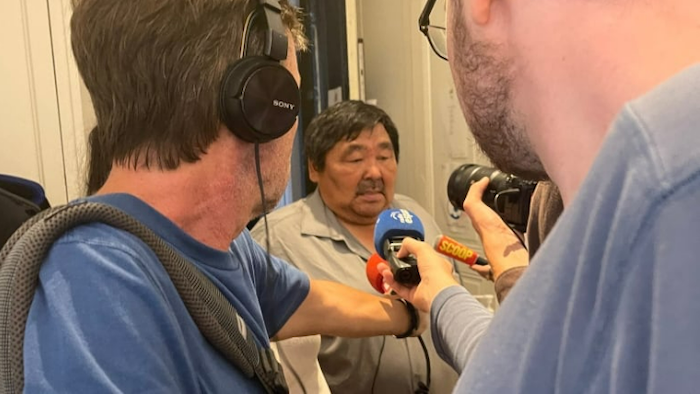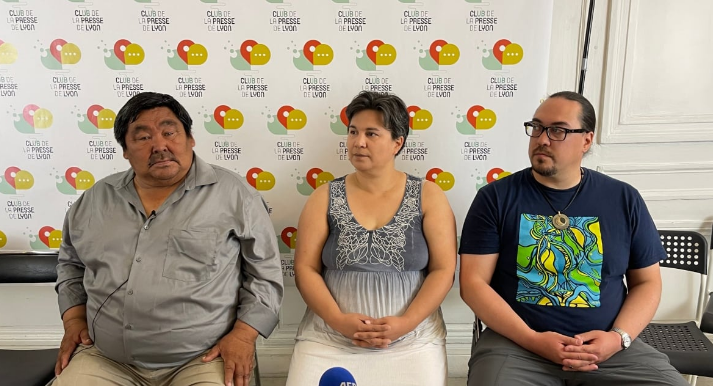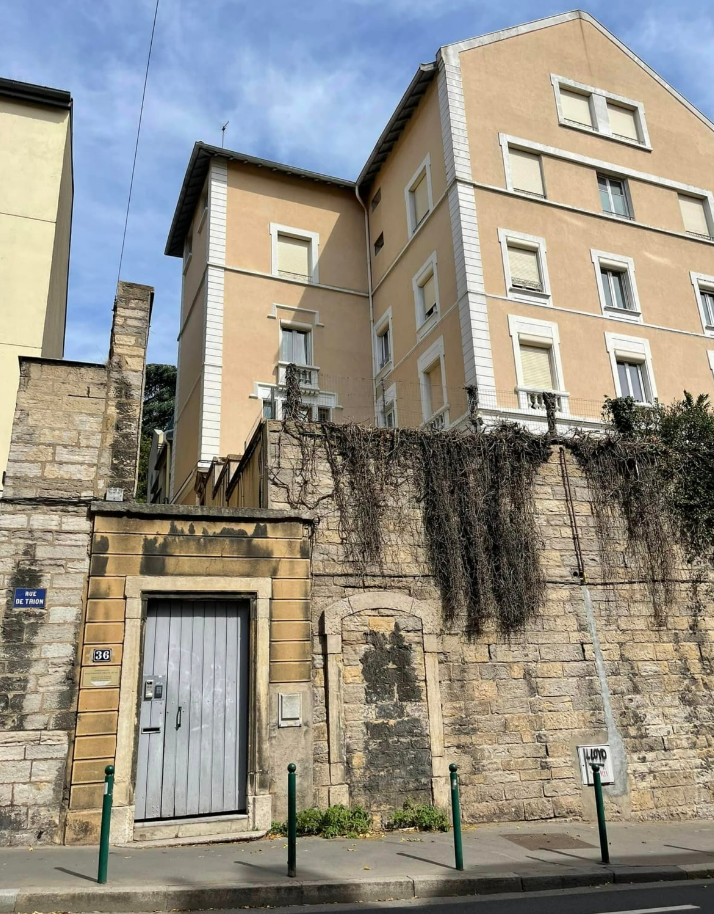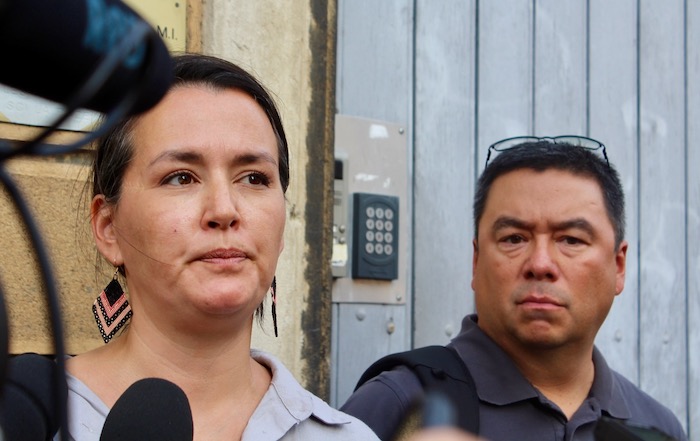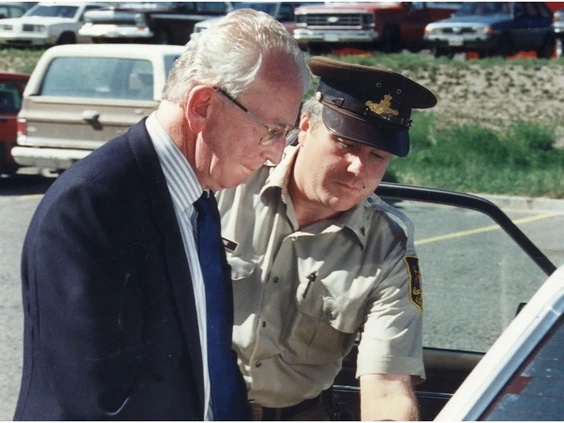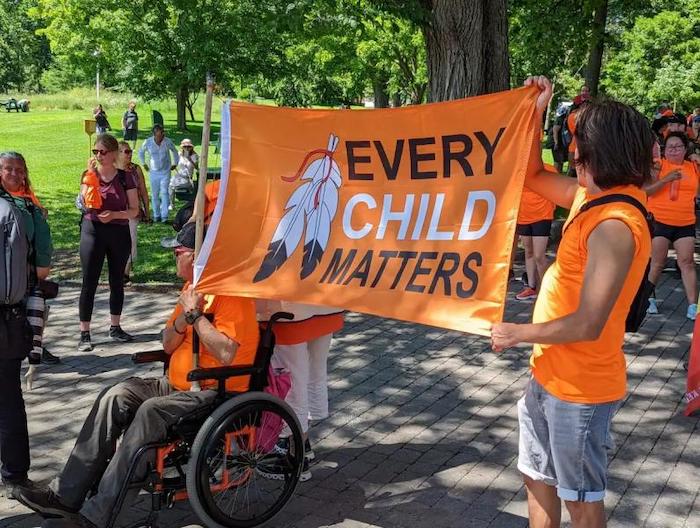— This priest accused of sexual violence on Inuit children in Canada
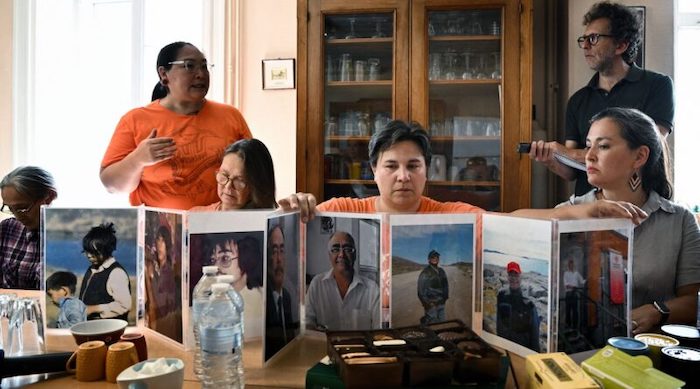
By lookcharms
Joannes Rivoire, 92, who resides in Lyon, is the subject of an extradition request filed in early August by Ottawa. He is accused of sexually assaulting young Inuit in the 1960s when he was on a mission in the Canadian Far North, charges he disputes.
Plaintiffs have been demanding justice for decades. The Franco-Canadian Johannes Rivoire, 92 years, is accused of sexual violence against young Inuit in Canada, while he was a priest there between 1960 and 1993. A delegation crossed the Atlantic on Monday 12 september to support Lyon’s request for the extradition of this man. Here is what we know about this case.
Priest accused of child sexual abuse
Joannes Rivoire is accused of multiple sexual assaults and rapes on Inuit children and adolescents in the Canadian Far North. This member of the community of Oblates of Mary Immaculate (OMI), a congregation founded in 1816 and counting 3700 members, including was sent on a mission in 1960 and remained there for thirty-three years. Le priest, first accused of sexual assault against three minors, was the subject of a new complaint filed in September 2021 for facts dating back forty-seven years. He denies all the charges.
Arrest warrant and extradition request
Canada issued an arrest warrant in March 2022, followed in August by an extradition request after the latest complaint against the priest. A first arrest warrant had already been issued from 1998 to 2017, but Joannes Rivoire was never worried.
A meeting in Lyon between the priest and an Inuit delegation
After long negotiations, the priest, who now lives in an Ehpad in Lyon, agreed on Wednesday to meet a delegation of Inuit, including a declared victim and two children of Marius Tungilik, at the origin of the first complaint filed in 1993, and now deceased. The delegation was received at the headquarters of the congregation, on the heights of Lyon. Its members asked the priest to go to Canada but he refused, citing « skin problems »reported to After the meeting, Inuit representative Kilikvak Kabloona.
France refuses his extradition
The Inuit delegation stopped in Paris at the Ministry of Justice. But the request for extradition made by Canada came up against the refusal of the Chancellery, which recalled on Tuesday that, « in accordance with its constitutional tradition »France « does not extradite its nationals ».
The Chancellery added, however, that « France stands ready to respond to any request for mutual legal assistance made to it by Canada or, where appropriate, to act within the framework of a denunciation of the facts that may be made to it, subject nevertheless to examining the possible prescription of the facts ».
Relying on an opinion of the Council of State of November 24, 1994 which was requested by the Prime Minister on this question, the lawyer of the Inuit delegation, Nadia Debbache, however assured that it « there is no impediment of a constitutional nature » to refuse the extradition of a Frenchman, and that « this reason is not an admissible legal argument ».
The congregation also targeted by a complaint
A complaint for « criminal concealment » will be filed in Lyon against the Congregation of the Oblates of Mary Immaculate, the delegation’s lawyer, Nadia Debbache, announced on Thursday. These missionaries have « provided aid and assistance to a person who was being prosecuted for criminal acts »she said.. Therefore, « all the light must be shed » on the protection he would have benefited from »in his flight » from Canada.
Father Vincent Gruber, provincial of the Oblates of Mary Immaculate, assures that his congregation in France was only informed in 2013 of these accusations, which he repeated on Wednesday during the meeting with the delegation. He has repeatedly denounced in the media a « inexcusable dysfunction »also saying he believes the word of the victims.
But, according to the words of the provincial reported by Nadia Debbache, only a report to « the Congregation for the Doctrine of the Faith » (an authority of the Vatican) would have been made in 2013. She would have given the only instruction to maintain Rivoire « under surveillance »without informing the judicial authorities, « due to age » of the priest.
It was not until 2018, when the priest was living in a retirement home in Strasbourg, that Vincent Gruber took him « reported to the prosecution » local.
The congregation begins dismissal proceedings
The Oblates of Mary Immaculate announced Wednesday in Lyon that they were starting a procedure for the exclusion of Father Johannes Rivoire. « We have started a canonical dismissal procedure (…) because Father Rivoire disobeyed our order to appear in court » Canadian, Father Vincent Gruber told the press.
Complete Article ↪HERE↩!

